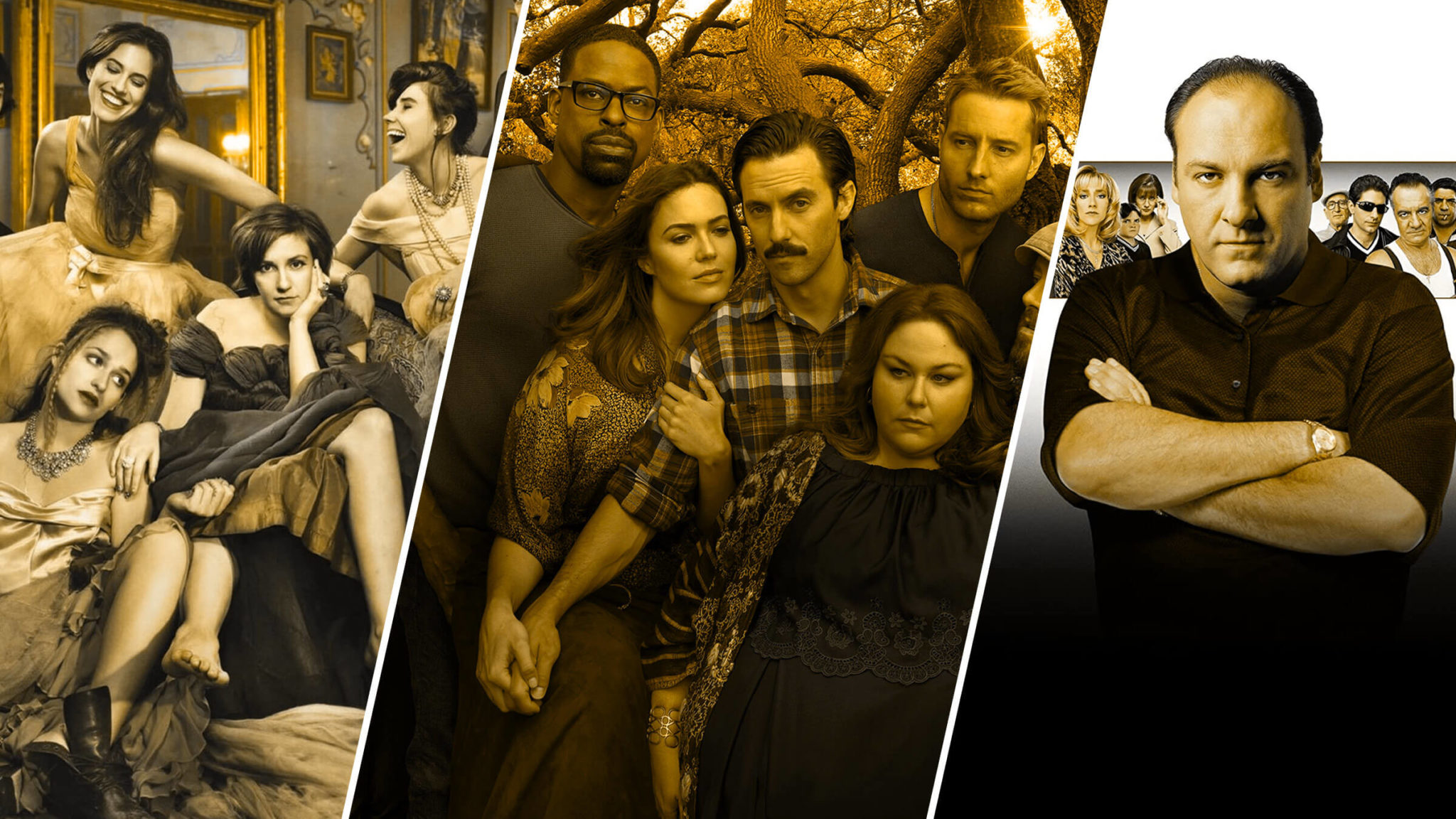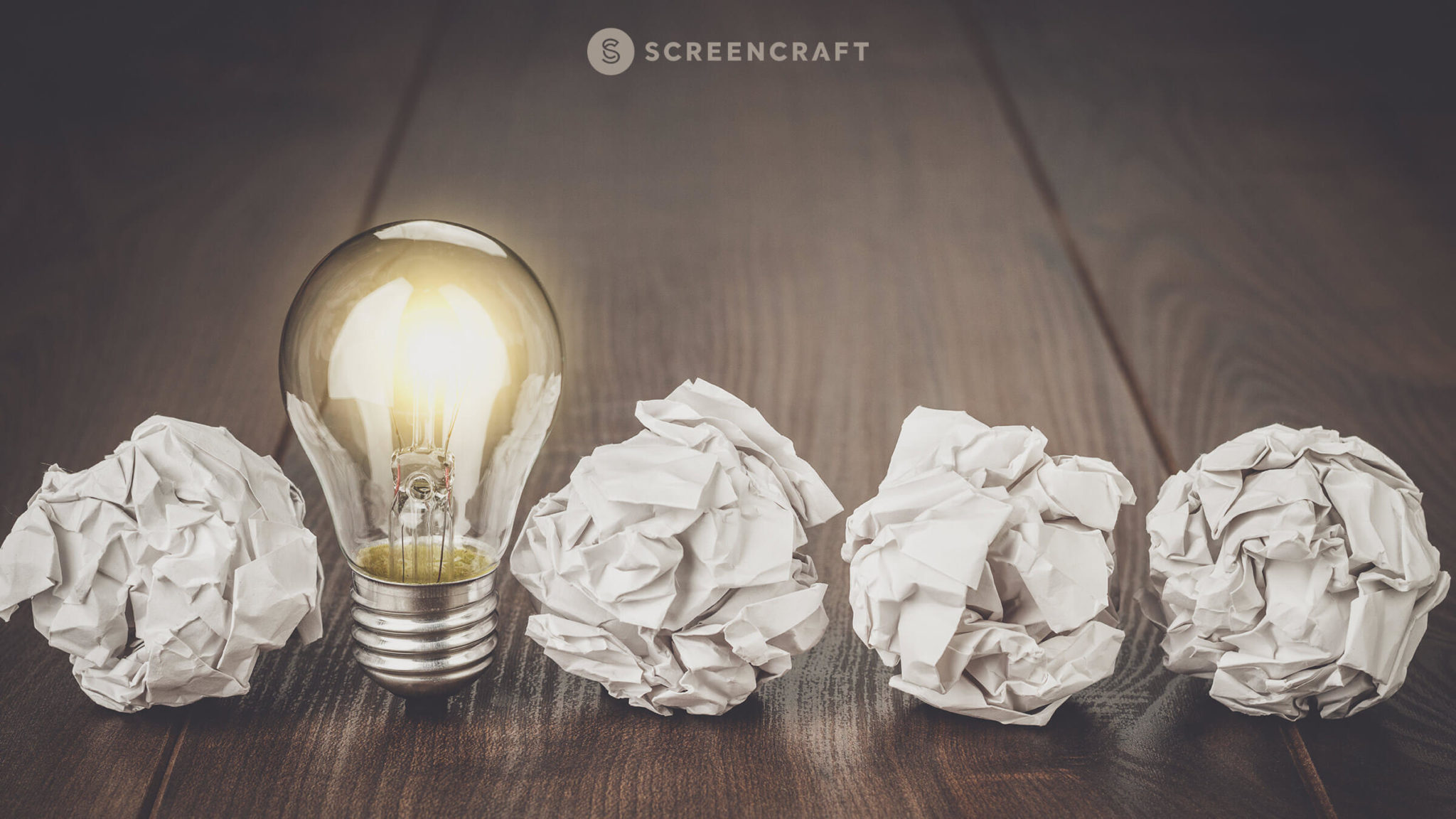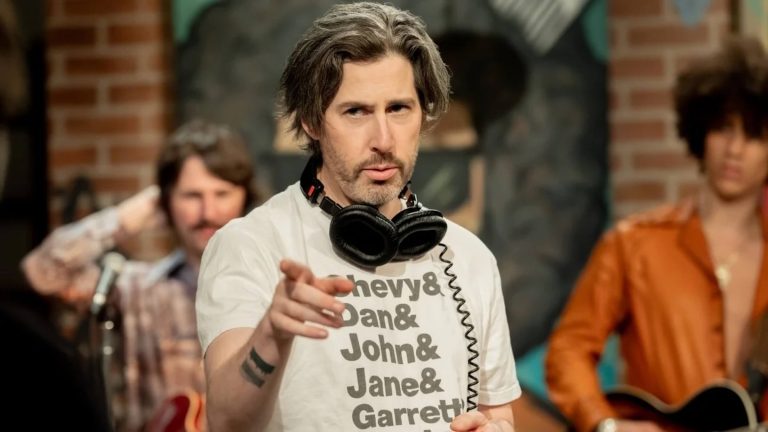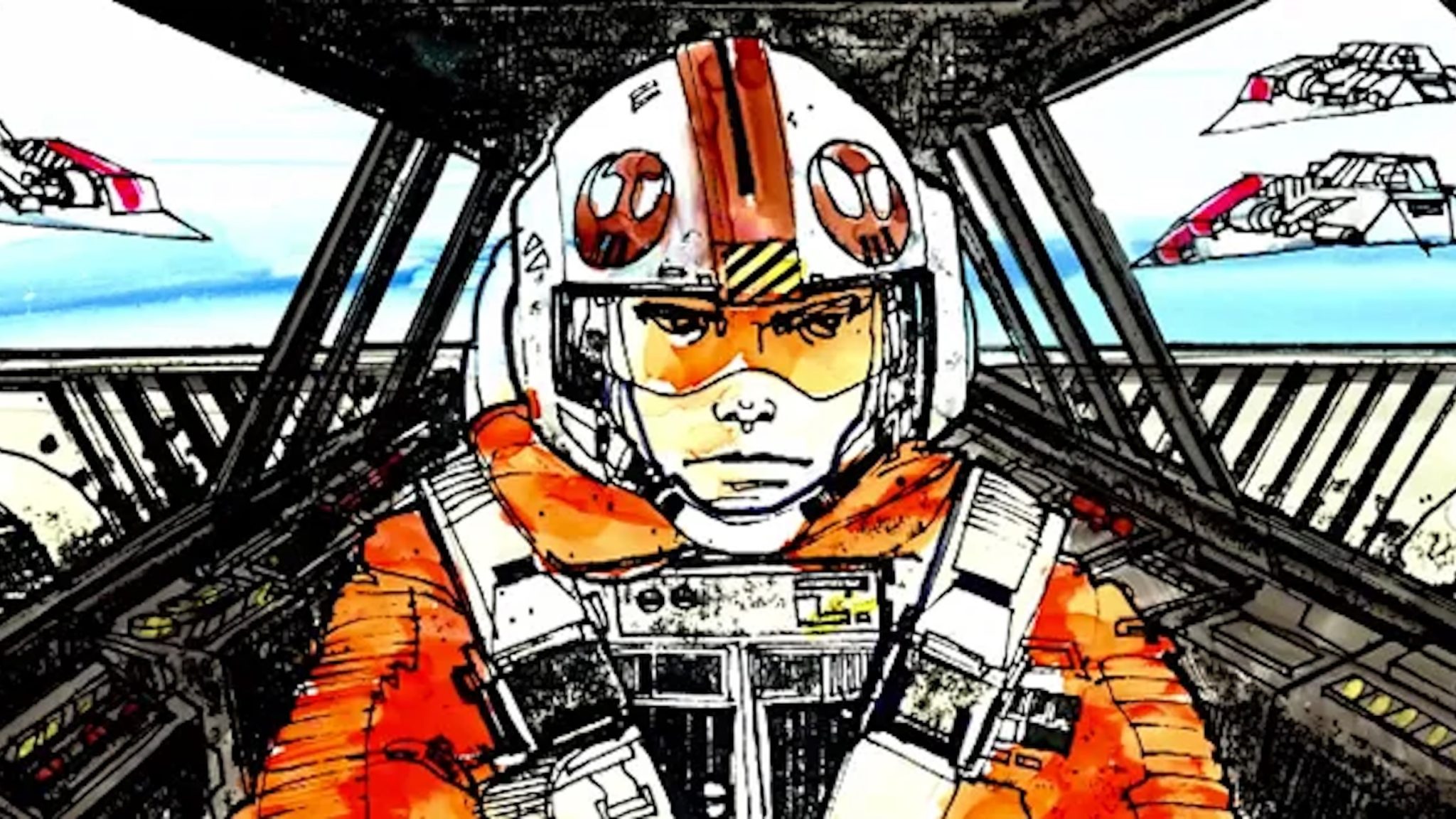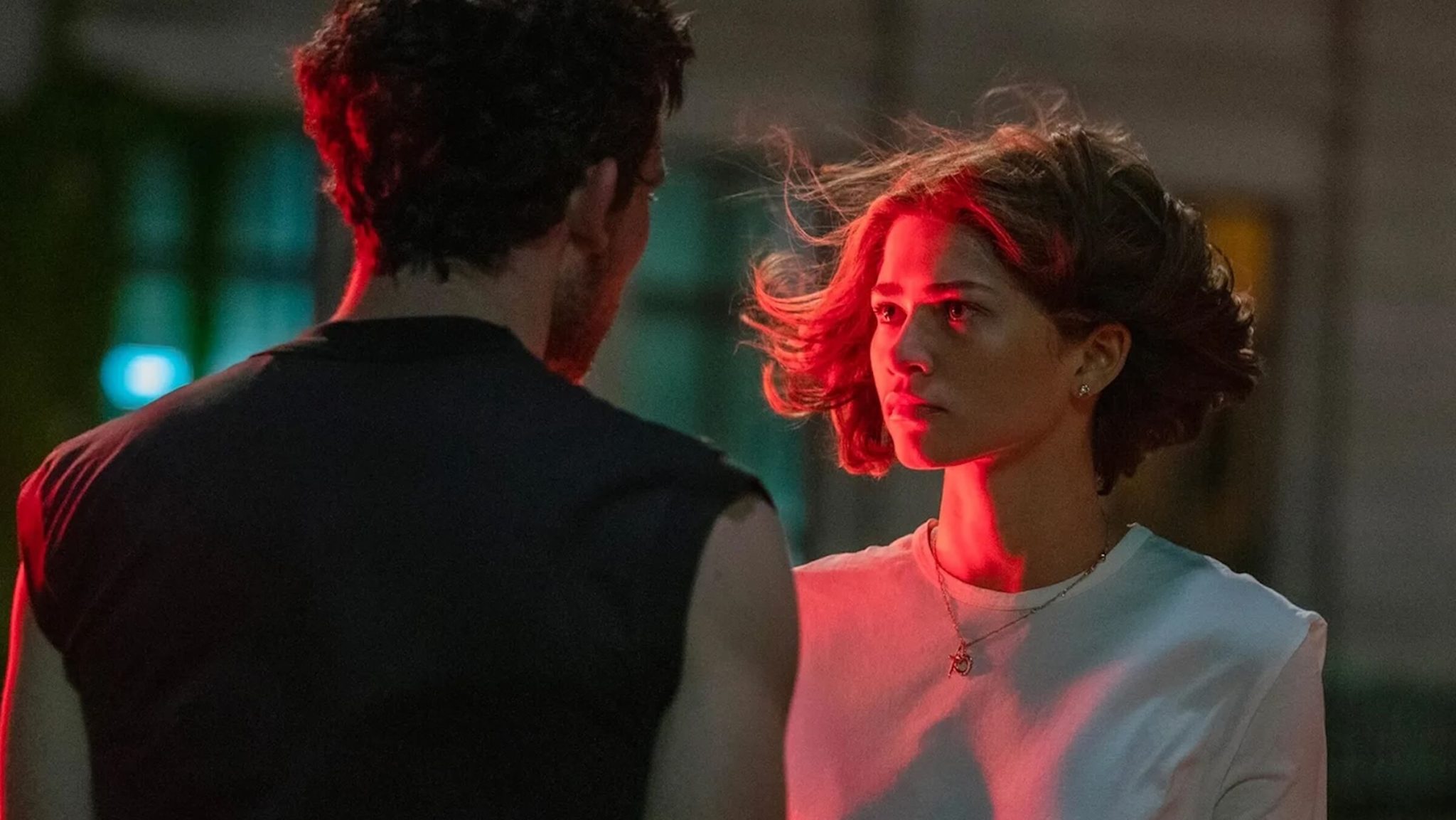5 Habits to Get Those Creative Juices Flowing

We’ve all been there, haven’t we? We’ve carved out some time from our daily lives to sit down and write finally. We’ve nabbed that coveted table at the local coffee shop or bookstore. Or maybe we’ve finally gotten the kids out of the house. Or perhaps it’s in the wee hours of the dark, quiet, and peaceful night…
Yet, the best we can muster is a simple stare at that blinking cursor, like a zombie gazing at the open road with no “food” in sight. To me, it’s no coincidence that the word “cursor” is so similar to curser, a noun, meaning one that appeals or prays for evil or misfortune to befall someone or something. That someone being the screenwriter. That something being their screenplay.
Some call it writer’s block while others call it an excuse for being lazy. Regardless, it plagues the best of us. So how can we defeat this zombification of our writing process? How can we jump start our creativity and get those gems of ideas, concepts, and moments flowing in our scripts again?
1. Pre-Visualization
Film is a visual medium. It always has been and always will be. Cinema started with no sound, yet still captured the awe of audiences worldwide. Even after Al Jolson’s iconic words “You ain’t heard nothing yet” in The Jazz Singer were spoken, films have always been centered on what we see on that big screen. Thus, it’s a necessity in the creative process of a screenwriter that they SEE before they write.
Allow me to explain…
Writing isn’t just about putting pen to paper or fingers to keys. In my own process, I generally see 75% of the film through my own mind’s eye before I type one single word. How? Pre-visualization. It’s a vital part of my process because how can I possibly tell a visual story without seeing it in my head first so that I can communicate those visuals within the constraints and freedoms of the screenwriting format?
All too often, screenwriters are told in books and seminars that the only way to get through writer’s block or the overall screenwriting process in general is to write, write, and write frantically until you come out of the other end of the tunnel with a first draft. The problem with that concept is all too often that first draft is utterly horrible, inconsistent, fragmented, etc. It makes the rewriting process damn near impossible, like wandering through an auto junkyard searching for all of the components to make a particular model of a specific brand of car.
You need to pre-visualize most of your script before you type one single word. Here’s how…
2. Find Your Horrible, Spoiler-Ridden Studio Trailer
You know the ones I’m talking about. Those trailers that studios feel the need to tell us all of the major details and plot points of the film. The ones that told us that John Connor was the villain in Terminator Genisys and that Chris Pratt’s character in Jurassic World was working with the Raptors.
You need to visualize that trailer for your film. The broad strokes of your whole story from beginning, middle, to end.
The best way to get into this pre-visualization mode is just to go watch trailers. Watch them all, new and old (God bless Youtube)! In particular, focus on the trailers of similar movies to your own, be it genre, tone, atmosphere, subject, etc. Then apply those various visual and musical beats to your own trailer that you see through your mind’s eye and litter that trailer with those big spoiler-heavy trailer moments.
Congratulations, because you’ve just laid out the groundwork for your script by doing so. You have that map that will lead you when you’ve lost your way. But wait, there’s more to do…
3. Watch Movies
Now is the time to take that trailer and use it as a seed. You plant that seed into your creative mind, and you water it by watching movies. Before you scream “Plagiarism,” know that this isn’t about directly stealing and ripping off movies. It’s about inspiration. It’s about finding a particular tone for a moment or story arc or action sequence or character. It’s about jump-starting that imagination of yours. The best directors of the past and present always screen movies for their cast and crew to give them a visual idea of what the director is shooting for.
The great thing about screening movies before you actually start writing is that you’ll capture so many little moments or concepts that those films didn’t explore, and you’ll be able to apply them to your own concept. It can even be as simple as a character trait that you can utilize and expand on. Whatever it may be, the key here is to jump-start that creative mind. You may not even take any direct inspiration from the film beyond just the excitement of being an audience member and wanting to give the powers that be (and eventually audiences of your own) a similar experience.
Yes, our minds are incredible tools. They literally do the work for us. You could be watching a movie one day and then as you’re sleeping, your mind is looking for a context to place that memory in. And hey, you’re a screenwriter that is developing a script for a film. Where do you think the creative mind will apply that memory to? I bet you didn’t know that you’d be learning a little neuroscience today, as ScreenCraft has explored before in Creativity, Your Brain, and You, but it’s true.
Water that seed, watch movies that are similar to what you are trying to develop, and observe as that seed begins to grow into the amazing script that you’re about to write.
4. Find Your Soundtrack
If John Williams, the late James Horner (RIP my friend), Hans Zimmer, Danny Elfman, and many, many other great film score composers have taught us anything, it’s that music in cinema is important. No, it’s vital. Imagine Star Wars without that music. Imagine E.T. without that music. Imagine Chariots of Fire without that music. Imagine Dances with Wolves without that music. Some will jump into defensive mode and say that Steven Spielberg overuses John Williams’ E.T. music to manipulate the audience into feeling an emotion. Um, yeah, that’s the point. And mind you, E.T. grossed a stellar $435,110,554 domestically (that’s $1,151,857,200 adjusted to today’s money). Music matters.
So to embed yourself in the process of visualizing most of your script first, why not go the whole nine yards and keep the cinematic juices really flowing by pairing music to moments within the script? Sure, the music won’t be used if your script ever goes to screen. Sure, you can’t tell the powers that be to listen to your soundtrack while they’re reading your script. It doesn’t matter. This is for you, the writer.
I’m a film score fanatic myself. I collect as many as I can. I go online or even go to the local library and find as many as I can. The idea is to search for films that are similar to yours (as mentioned before in the trailer search) and compile some film score tracks (or whole albums) that best fit with the tone and atmosphere that you’re looking to capture.
Then, as you pre-visualize (see below), you will feel those emotions and moments as the music connects with the visuals that you’ve conjured. It truly is an amazing experience.
Note: Try to avoid overly iconic music like John Williams’ Star Wars, Indiana Jones, or Superman scores. Also try to avoid writing to lyrical music (pop, country, Hip Hop, etc.), as they all too often offer the temptation to inject them directly in the script, which we all know is something ill-advised given the fact that attaining rights to certain popular songs is difficult AND because the powers that be reading the script might not know the song as they’re reading, taking them out of the moment (that’s a whole different blog post altogether).
5. Lions and Tigers and Bears, Oh My!
I know. You’re wondering why the hell I’m quoting The Wizard of Oz.
Remember that moment in the film when they are traveling through the dark woods along the scary yellow brick road path? They imagine things. They imagine those lions, tigers, and bears (Oh My!). This is your next step.
So you have your horrible, spoiler-ridden studio trailer in your head, you’ve watered that seed by watching movies, and you’ve found your soundtrack that best encompasses the tone and atmosphere of your story. Now it’s time to put all of that together and wander through those dark woods we call the writing process. But wait, you’re still not allowed to type anything beyond FADE IN. Be patient.
Remember when I wrote that writing isn’t always about putting pen to paper or fingers to keys? This is too true.
Take your iPhone (or CDs if you’re kicking it old school) and go for a drive, a walk, a run, a bike ride, or whatever equivalent. Or perhaps find a quiet room, a deserted field on a nice day, or any other comfort place that you can think of. In fact, do all of these examples and more as you listen to your soundtrack and visualize scenes from your script that you’ve conjured during the trailer creation process and through your many movie screenings.
Let your mind wander. Pay attention to the road if you’re driving, yes, but let your mind wander. It’s easy enough even when you’re simply driving to the store, driving to work, mowing the lawn, etc. Let your mind wander as you ponder your story and see it develop through your mind’s eye after being fed with all of these visuals and music.
I usually start from the opening moments of the script and just write in my head. I play what I do have visualized in my head over and over while trying to envision what happens next. And then I build, build, and build.
You’re writing. You may not have the pen, pencil, or keyboard in play… but you are writing.
You see, you’ve now created a process that feeds on creativity and visualization, paired with the cinematic teaming of sight and sound. Because the mind works how it works, this jump starts that creative mind.
When you can’t visualize something during the actual writing process, simply revert to this process. Go watch more movies. Go listen to more of your soundtrack. See that film through your own mind’s eye with all of these elements in play, and you’ll never have to worry about battling writer’s block or laziness.
These are five habits that are underutilized by novice screenwriters especially, mostly since they’ve been taught to “write through” any block or just frantically type away until they get to “the end” of a first draft.
Adopt this process. Utilize it before you type even one single word. The results will surprise you. Those creative juices will flow endlessly. And that cursed blinking cursor will be a curser no more!
Ken Miyamoto has worked in the film industry for nearly two decades, most notably as a studio liaison for Sony Studios and then as a script reader and story analyst for Sony Pictures.
He has many studio meetings under his belt as a produced screenwriter, meeting with the likes of Sony, Dreamworks, Universal, Disney, Warner Brothers, as well as many production and management companies. He has had a previous development deal with Lionsgate, as well as multiple writing assignments, including the produced miniseries Blackout, starring Anne Heche, Sean Patrick Flanery, Billy Zane, James Brolin, Haylie Duff, Brian Bloom, Eric La Salle, and Bruce Boxleitner. Follow Ken on Twitter @KenMovies
For all the latest ScreenCraft news and updates, follow us on Twitter, Facebook, and Instagram.
Tags
Get Our Screenwriting Newsletter!
Get weekly writing inspiration delivered to your inbox - including industry news, popular articles, and more!







